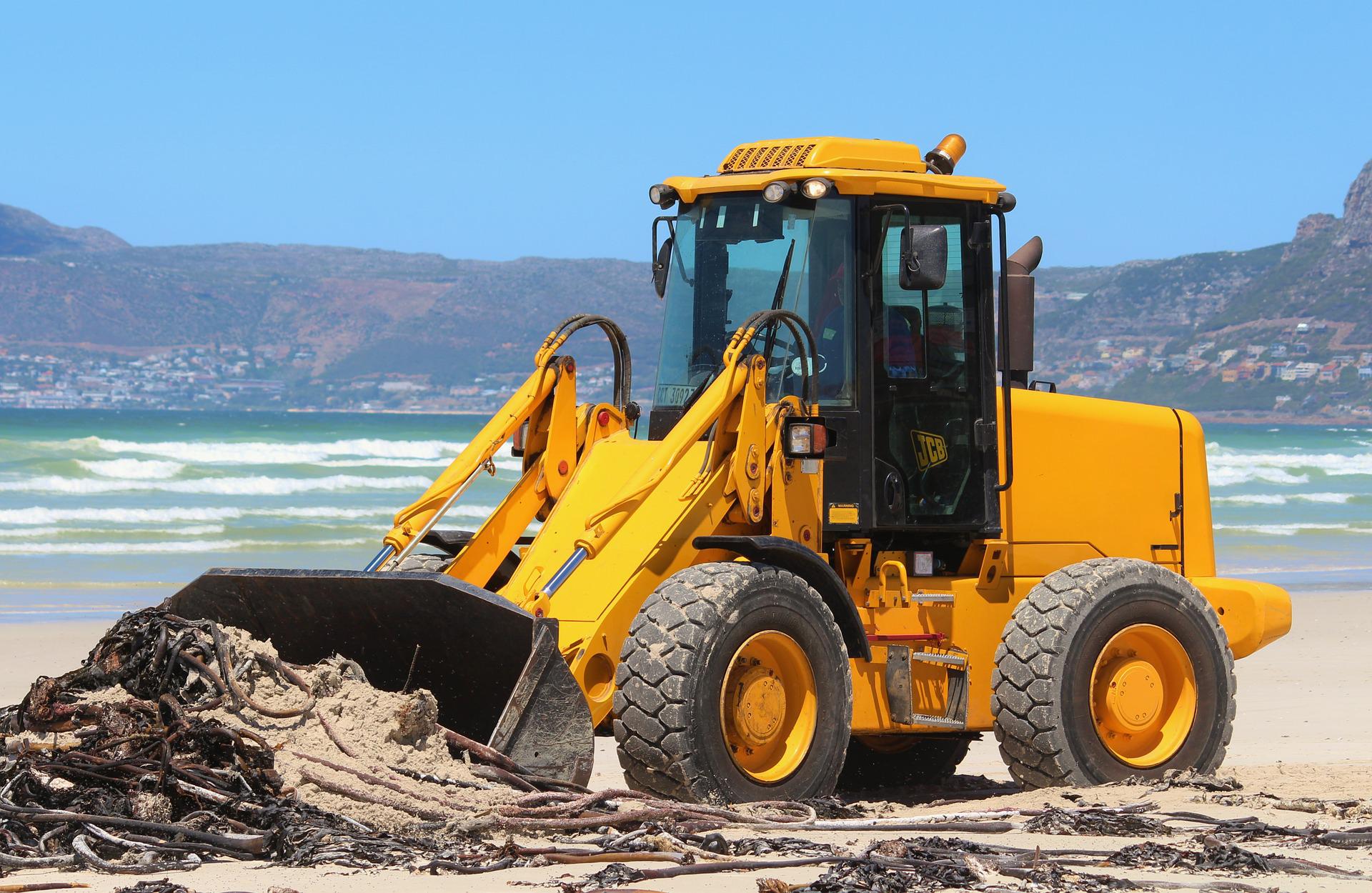Contact Lens
Print this Article | Send to Colleague
Contact Lens
A Closer Look at USP’s Contact Centre Operations
July 2022
Mired in the sticky heat of July, we’ve entered the Eye of the Storm if you will; a frantic swirl of activity occurring around us, but a relative calm in our immediate vicinity. It’s hard to settle into at the outset; after the full-sprint of May and June, July’s comparative tranquility can be a bit jarring, to put it mildly. Agents have time to read! To relax! To breathe and just have some time to themselves! It truly is something, and remembering those sweet times from my stint on the frontline as a young man, I’m filled with vicarious joy that the Contact Centre gets a reprieve after pouring all their efforts into a very successful May and June!
While Agents feel less heat on the phones (and more in the sun!), it is usually in June and July that we tend to receive the highest reports of what are known internally as "Damages”; that is, reports from those in the field about either a damaged or unexpectedly found underground utility. Sometimes these are reported to us by the excavator themselves after they accidentally contact infrastructure resulting in a gas leak, severed telecommunications cable, or exposed electrical line. Other times, they are reported by a concerned citizen who comes across a cable staking out of the ground in an empty field or road ditch while they are out walking their dog.
The USP contact centre receives "Damage” notifications in a similar manner to standard requests, but will work with the caller to determine the exact nature of the incident. Typical questions around the location and depth are bracketed with information regarding the perceived line or pipe type, width, damage status, color, found depth, and if the caller is aware of any outages in the area. Any potentially affected facility operators are then notified and will in turn reach out to the caller to investigate or repair the facility as necessary.
An important part of this "Damage” notification process is that similar information is being parsed and catalogued by regional groups all over Canada under the process known as "DIRT” (Damage Information Reporting Tool). The Canadian Common Ground Alliance (CCGA) compiles a report each year that reviews and analyzes these reports from each region (including Alberta) and makes suggestions on ways to make excavations safer across Canada. Look for the 2021 CCGA DIRT Report coming soon!

Excavation at the beach? Now you’re living the dream!
Josef Rosenberg - Utility Safety Partners, Contact Center Manager

